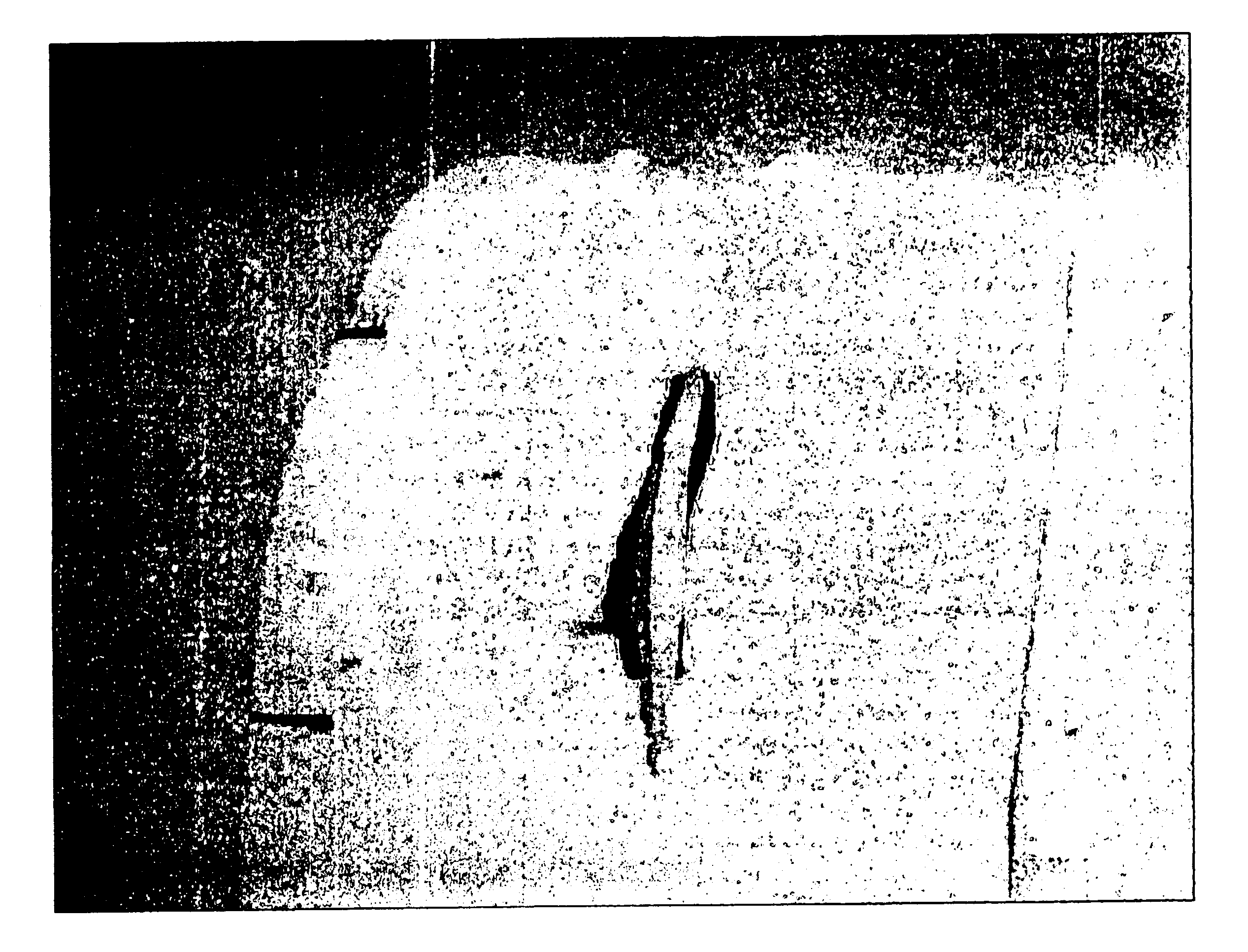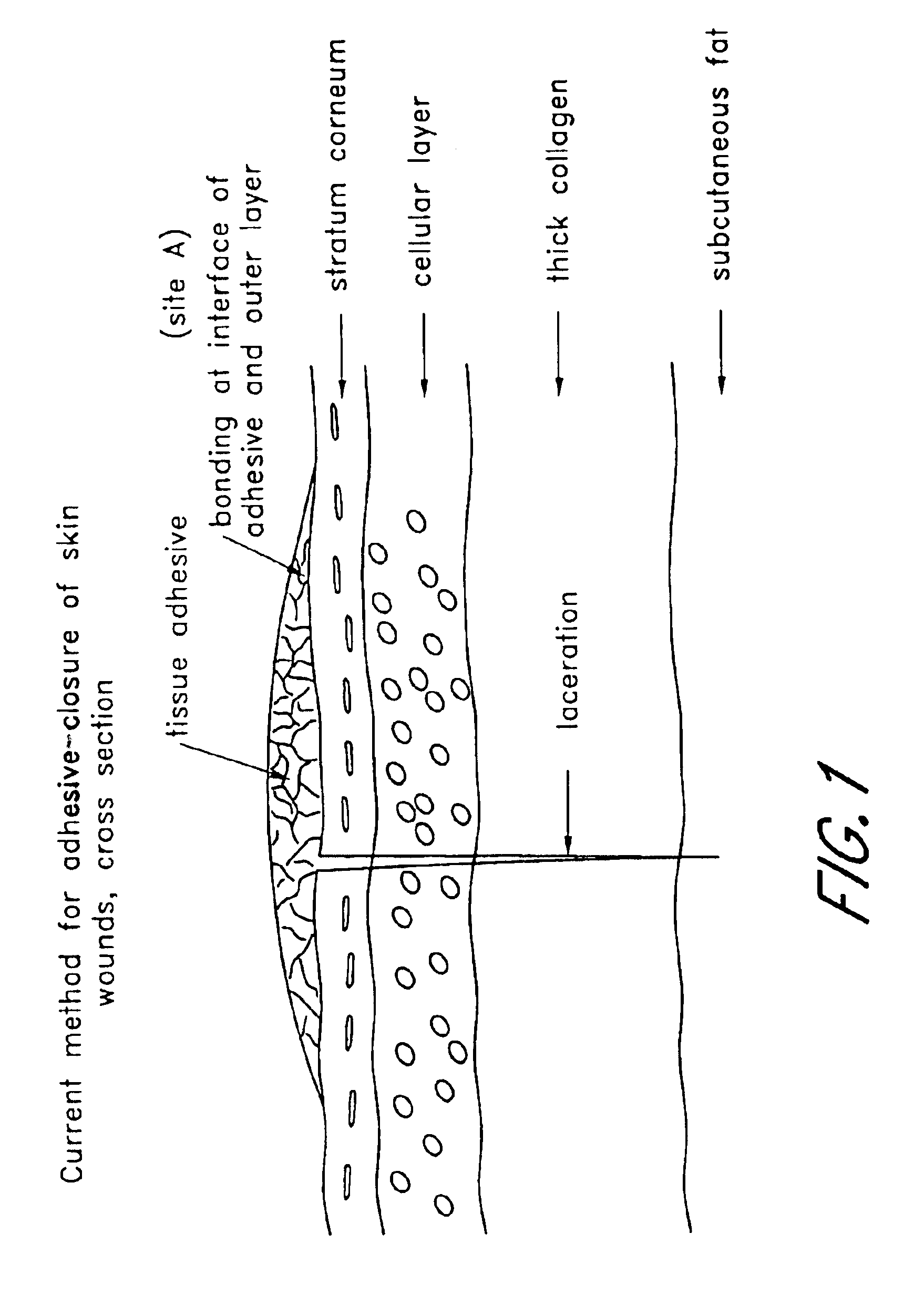Adhesive including medicament and device and method for applying same
a technology of adhesives and medicaments, applied in the field of adhesives including medicaments and devices and methods for applying same, can solve the problems of toxic cyanoacrylate, the difficulty and hazards of cyanoacrylate use, and the inability to accept fibrin sealants, so as to prevent the adhesive from running into the wound, improve wound healing, and facilitate the effect of application
- Summary
- Abstract
- Description
- Claims
- Application Information
AI Technical Summary
Benefits of technology
Problems solved by technology
Method used
Image
Examples
Embodiment Construction
Introduction
[0016]The following description and examples illustrate a preferred embodiment of the present invention in detail. Those of skill in the art will recognize that there are numerous variations and modifications of this invention that are encompassed by its scope. Accordingly, the description of a preferred embodiment should not be deemed to limit the scope of the present invention.
[0017]Minimally Invasive Surgery (MIS) surgery has lessened suffering of patients. Medical cyanoacrylate adhesives have been successfully used for effectively sealing the wounds acquired during such surgery, as well as for sealing other wounds such as lacerations.
[0018]A device is provided for use in applying an adhesive, for example, a cyanoacrylate medical adhesive, to skin in order to seal a wound or laceration. The device includes a sheet of resilient material provided with an opening. The opening is typically in the form of a slit in the resilient material, although in certain embodiments th...
PUM
| Property | Measurement | Unit |
|---|---|---|
| elongation | aaaaa | aaaaa |
| length | aaaaa | aaaaa |
| length | aaaaa | aaaaa |
Abstract
Description
Claims
Application Information
 Login to View More
Login to View More - R&D
- Intellectual Property
- Life Sciences
- Materials
- Tech Scout
- Unparalleled Data Quality
- Higher Quality Content
- 60% Fewer Hallucinations
Browse by: Latest US Patents, China's latest patents, Technical Efficacy Thesaurus, Application Domain, Technology Topic, Popular Technical Reports.
© 2025 PatSnap. All rights reserved.Legal|Privacy policy|Modern Slavery Act Transparency Statement|Sitemap|About US| Contact US: help@patsnap.com



